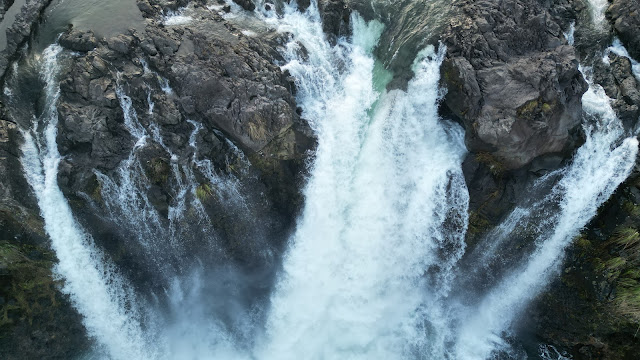Back in late January/early February, I had the opportunity to dig as a volunteer on the Tall el-Hammam Excavation Project (TeHEP), an archaeological excavation at Tall el-Hammam in Jordan. I haven't gotten around to writing about it until now because I've been recovering from two weeks of rewarding but hard work (bookended by some seriously fatiguing travel and followed by immediately getting back to work), but I'm finally ready to sort through the pile of photos I took and compose my thoughts. This'll hopefully be the start of a post series of indeterminate number as I work my way through various aspects of the trip.
For starters, this was actually my third time digging at Tall el-Hammam, but the previous times I went were in 2007 and 2008, a full two years before I began this blog. (Apparently I mentioned it once, several years ago.) Since then, life got in the way and I never had time or money (or both) to go again, despite enjoying it quite a lot. In the intervening years some of my siblings went, and this year my mother wanted to go for the first time after hearing all of our stories, and suggested we could make it a family outing. Which is how I ended up on an archaeological dig in Jordan with my mom, my two brothers, and several of their friends who decided to come along as well (in addition to other volunteers and the actual professional archaeologists running the project – it wasn't just us!).
To set the stage, Tall el-Hammam, the site we were excavating, is located near the edge of the Jordan river flood plain to the north of the Dead Sea (though it does precious little flooding these days, as nearly all of its water is used for irrigation before it reaches the Dead Sea). One nice aspect of this particular dig project is that the diggers have never really had to “rough it” in regards to lodging. In fact, the three years I've been we stayed at the 5-star Mövenpick Dead Sea Resort (though there was a multi-year period of staying at other hotels in between, and this was the first time back there in something like a decade). So here I am at the shore of the Dead Sea the day after I arrived, at the lowest point on the Earth's surface:
I'll be somewhat circumspect when it comes to writing about the dig itself, because it's an academic endeavor and I don't want to accidentally scoop any publications arising out of it. (Some people have earned their PhDs from work on this project.) The Jordanian Department of Antiquities, under whose auspices the dig goes forward, also frowns on too much sharing on social media, so while I can show photos of the dig, I'll have to be intentionally a bit vague about the specifics of stuff uncovered this season.
 |
| The Dead Sea can be quite pretty, despite the name. You can see Israel on the other side. |
This year I went for the first two weeks of the eight-week dig, which was a first for me (in the past I went a bit later in the season), and had its pros and cons. On the one hand, we had to clean up the site for excavation after two years off for the pandemic, which meant we really didn't do much actual excavation the first week (or even some of the second). On the other hand, we got to be the first to discover things that later-comers would get to see exhumed from the dirt, and that's always an incredible feeling.
Anyway, this post is mostly an introduction to the series, so look forward to more to come. In addition to the dig itself us diggers got to go on a few “field trips” to various places (including Petra), so I'll have some more tourist-y photos too. A hui hou!


